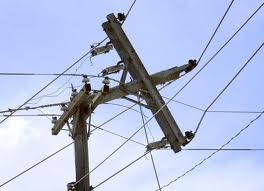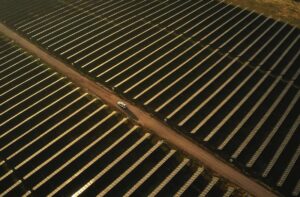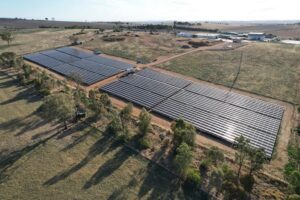Late last year, RenewEconomy wrote an analysis entitled the energy markets are broken. We were pilloried by some for exaggeration and being overly dramatic. But we simply drew on insight from the experts, and now they are quite open about the problem: the world’s energy markets do need to be redesigned, otherwise they cannot cope with the impact of wind and solar.
The International Energy Agency, in its recent special update of progress on climate policies, noted that liberalised energy markets (such as Australia’s) should be able to encourage a “significant decarbonisation” of the energy mix. The problem was that these markets – created to support incumbent, centralised fossil fuel generators, were not suited to deliver the sort of energy transformation that was needed to meet climate change targets.
Part of the problem is that the current “energy” markets are designed to allow baseload fossil fuel generation to trundle through at relatively low cost – but no environmental accounting. When demand rises, more expensive peaking plant generation is brought in, with prices rising for all generators. This has underpinned much of the revenues and profits for the incumbents.
(This problem is best illustrated in France, where the government actively encouraged households to consume more electricity to justify the massive investment in nuclear. Now that efficiency is becoming a focus as it approaches the time to replace that capacity, it is no longer looking like such a smart idea).
The introduction of renewables has complicated that equation for incumbents. Renewables have a very low marginal cost of operation, and deliver energy whenever they can. And because wind and solar have very low marginal costs of generation (i.e. they cost little to run once built) this has caused the wholesale price of electricity to fall. The concern in some countries – such as Germany, is that the price has fallen so far it may not provide sufficient incentive to invest in new capacity.
The owners of fossil fuel plants – coal, gas and nuclear – in Europe, America and Australia have complained about the impact on markets and returns from renewables. They have used this to argue that growth in renewables should be curtailed. But that is not the answer. It just needs a new type of market. But not one that simply protects business as usual, but provides the right incentives to maintain an appropriate mix of plant as the world transforms to a clean energy system.
“Improving existing market designs and developing new ones for competitive power systems will be an essential feature of the transition towards a decarbonised world,” the IEA says. The solution is likely to be a move away from markets based only on megawatt hours bought and sold, and towards a system that recognises a combination of kilowatt hours consumed, capacity, dispatchability, and environmental credentials.
The issue was addressed in a recent presentation by Dr Patrick Graichen, from Agora Energiewende is a joint initiative of the Mercator Foundation and the European Climate Foundation. The issue has become a primary one in Germany, which has reached the point where fossil fuel plants are threatening to leave the market in greater numbers than planned. The market needs to be redesigned to provide them an incentive to stay. In other words, flexible coal and gas generation needs some sort of subsidy to support the growing penetration of renewables.
Graichen’s presentation is best represented by this series of graphs. The first identifies the problem. When there is little wind or solar, the market strikes a higher price because more expensive generation is required. When there is plenty of wind and solar, only the cheapest forms of fossil fuel generation gain access to the market. The price is significantly lower.
The second graph (below) illustrates some of the elements that Graichen says need to be considered in a new market design.
Remember, the Energiewende has a primary purpose of reducing its reliance on imports (almost all its gas, oil, uranium and hard coal is imported), it wants to be economically viable (low cost & high employment), and safe (no risk of nuclear accident and of climate change). It concludes that the only way to do this is through renewables and energy efficiency.
The next graph (below), illustrates the challenge of trying to integrate all the different markets in Europe, whether they have capacity markets in place, and the various renewable support schemes. This will be a big test for the EU, which will rely on an expanded grid to incorporate large amounts of renewables.
The last graph (below) is simply an explanation of the challenges involved. It’s most notable conclusion is that base load plants disappear, and only flexible generation remains. This is an aspect that appears to be not understood in Australian policy and regulatory circles, to the point where there is more risk that markets will be redesigned to support the incumbents at the expense of renewables, which is not the point at all. But such may be the power of the incumbents. But more of that another time.












